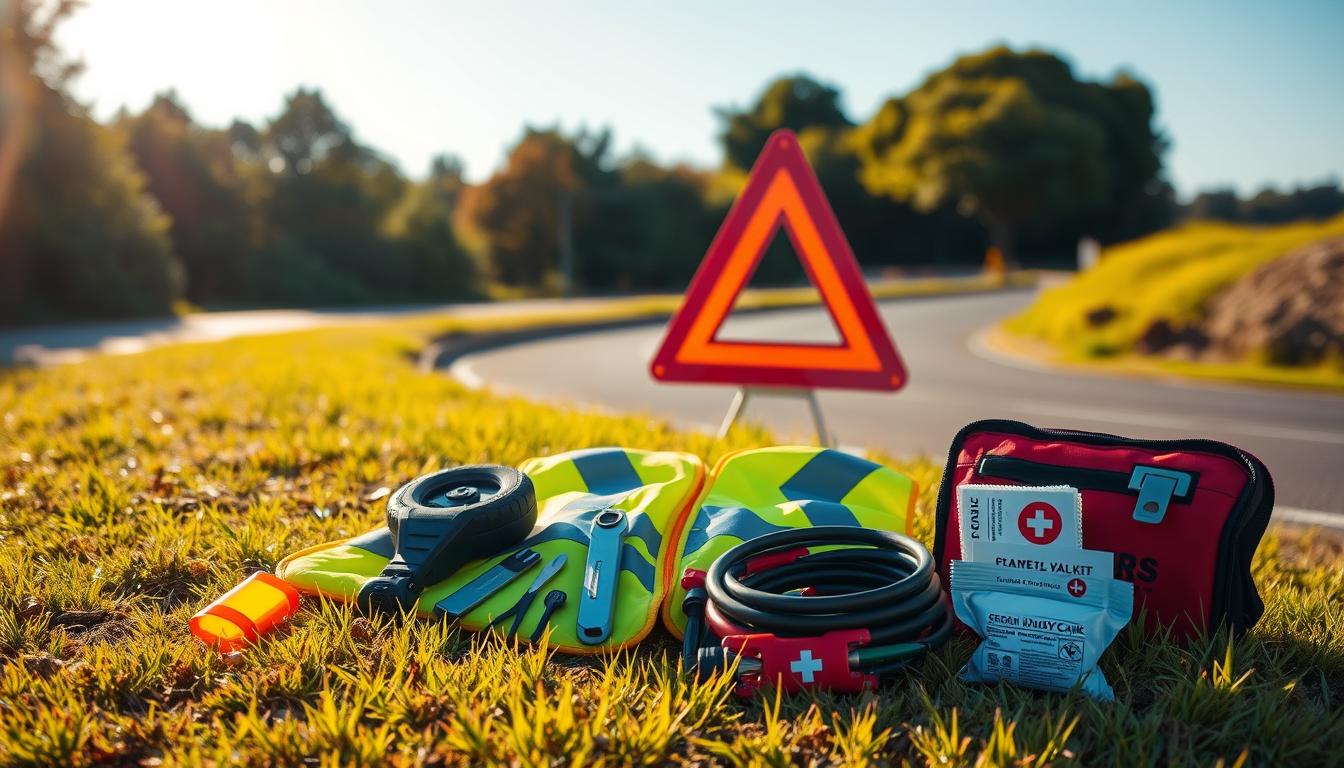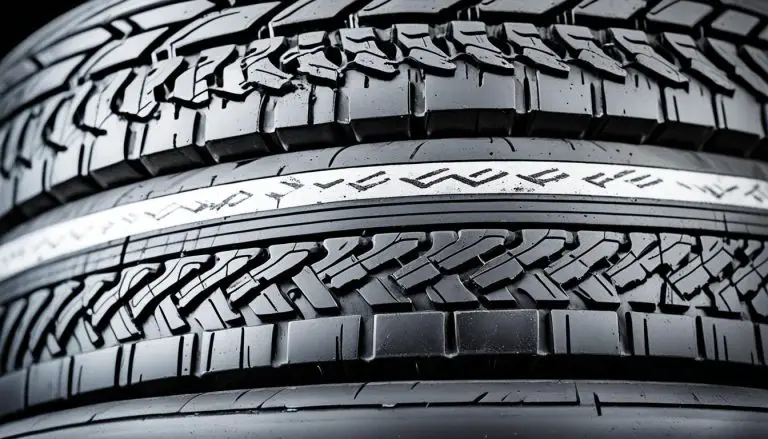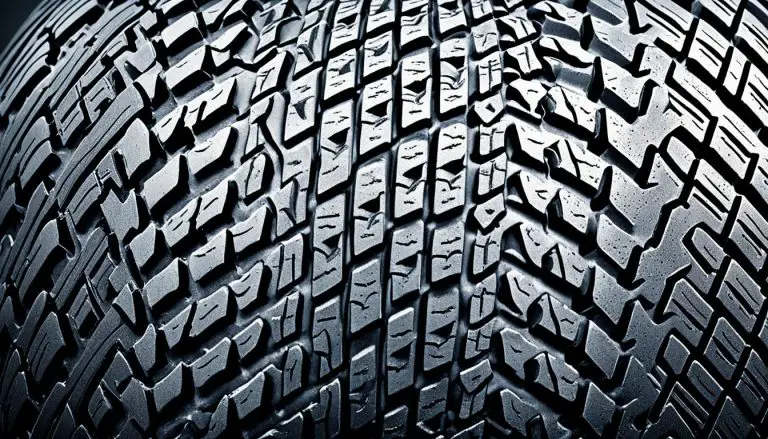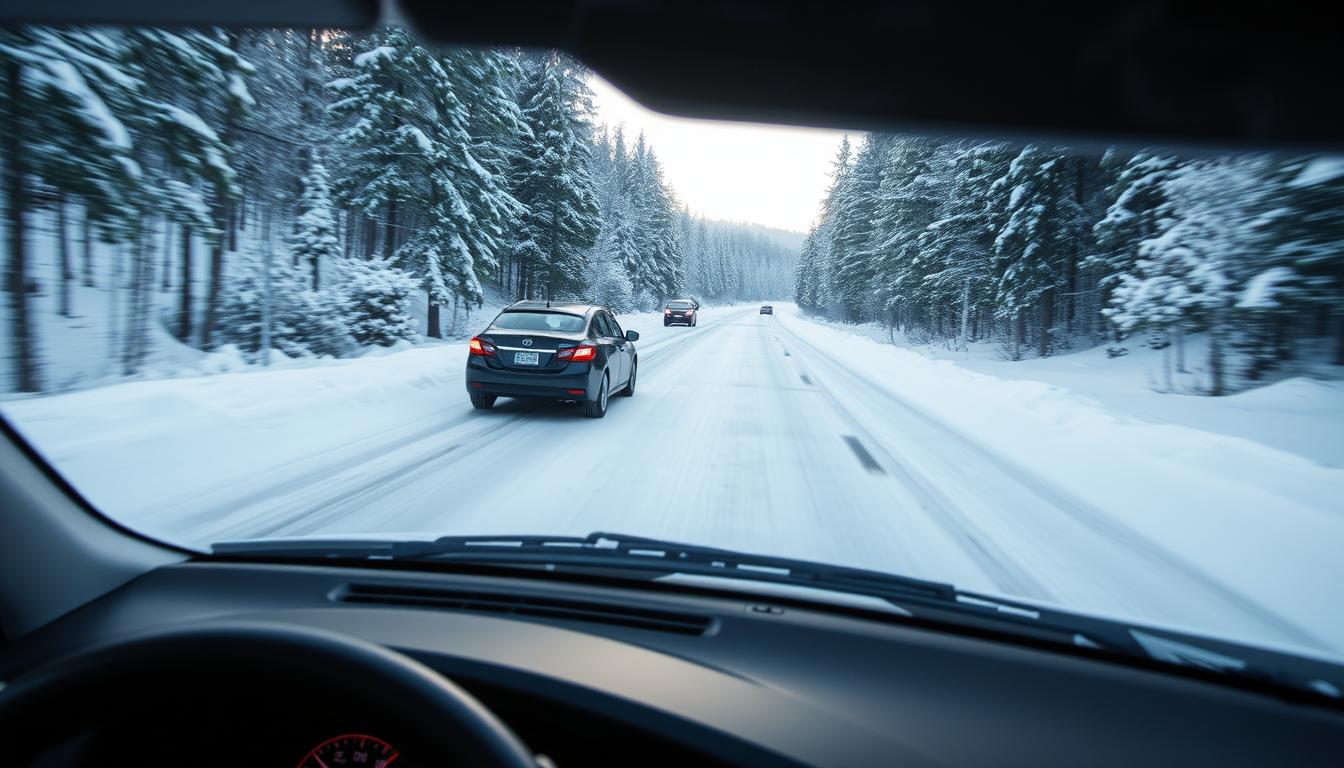
Winter driving presents unique challenges that can be both frightening and dangerous. According to research by the AAA Foundation for Traffic Safety, winter storms, bad weather, and slippery road conditions contribute to nearly half a million crashes and more than 2,000 road deaths annually. Proper vehicle preparation, safe driving habits, and heightened awareness can significantly reduce your risk on winter roads. These winter driving safety tips will help you navigate the season’s most challenging conditions with confidence.
Why Winter Driving Safety Matters
Winter weather dramatically transforms road conditions, creating hazards that require special attention and driving techniques. Snow, ice, and freezing rain reduce traction, while decreased daylight hours and winter storms limit visibility. These conditions significantly increase stopping distances and the risk of losing control.
Statistics highlight the dangers: winter weather-related vehicle crashes injure nearly 76,000 people annually. Black ice—that nearly invisible thin layer of ice on seemingly clear roads—is particularly treacherous, catching even experienced drivers off guard.
Road safety in winter becomes especially critical during sudden weather changes when drivers haven’t fully adjusted their habits. The first snowfall typically sees the highest accident rates as drivers reacclimate to winter conditions.
Don’t Wait Until It’s Too Late
Prepare your vehicle for winter conditions before the first snowfall. Our comprehensive winter vehicle inspection ensures your car is ready for whatever winter brings.
Essential Winter Vehicle Safety Tips
Check Tires (Winter Tires vs All-Season)
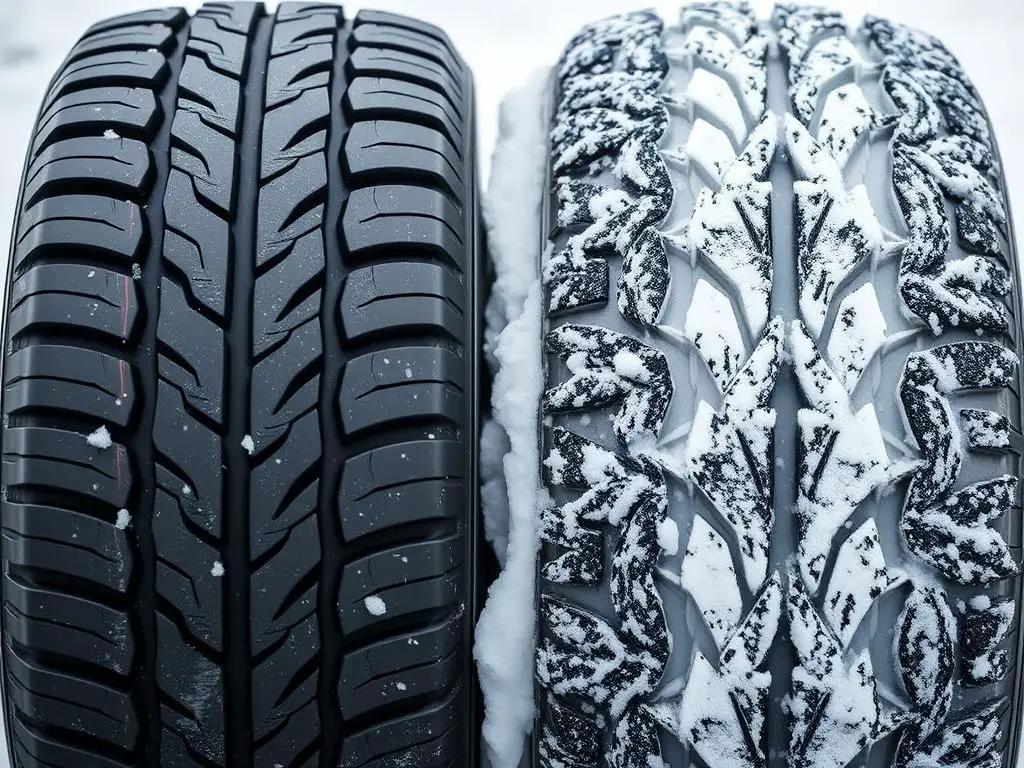
Your tires provide the only contact between your vehicle and the road, making them crucial for winter safety. Winter tires are specifically designed with deeper treads and special rubber compounds that remain flexible in cold temperatures, providing up to 50% more traction on snow and ice compared to all-season tires.
If you live in an area with regular snowfall or temperatures consistently below 45°F (7°C), winter tires are strongly recommended. For occasional winter conditions, quality all-season tires with at least 6/32″ of tread depth may suffice. Regardless of tire type, proper inflation is critical—check pressure weekly as it drops in cold weather.
Battery & Fluids Check (Antifreeze, Windshield Washer)
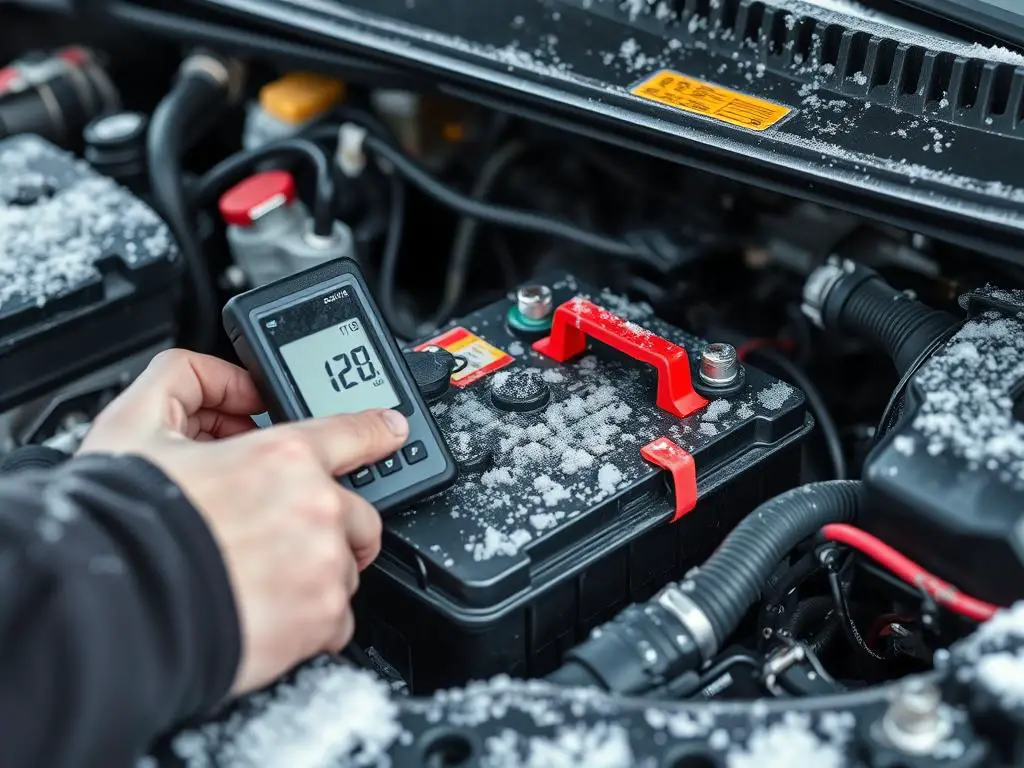
Cold weather puts additional strain on your battery, reducing its capacity by up to 50% in freezing temperatures. Have your battery tested before winter arrives, especially if it’s more than three years old. Ensure terminals are clean and connections are tight.
Verify that your antifreeze provides protection to at least -30°F and is at the proper level. Replace windshield washer fluid with a winter-specific formula rated to at least -20°F to prevent freezing. Check all fluid levels regularly throughout winter.
Lights & Wipers for Visibility
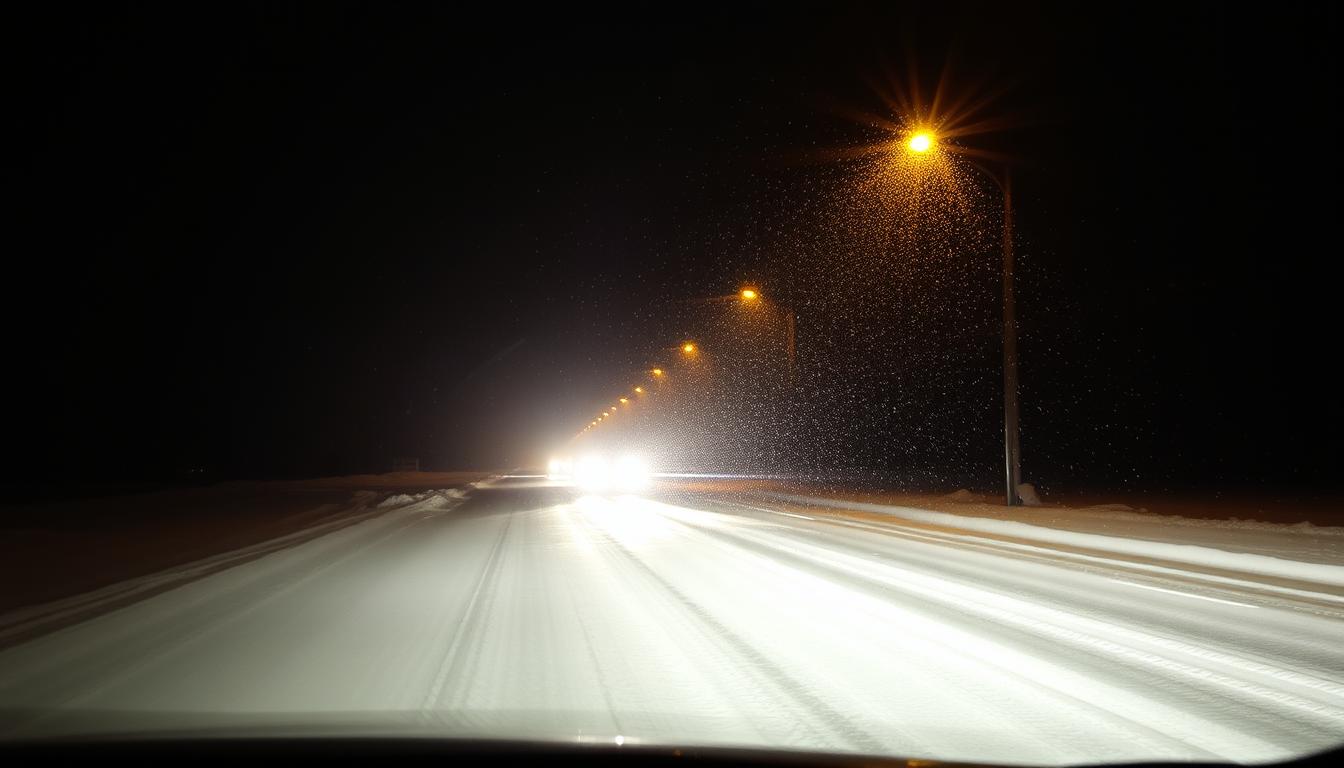
Winter’s shorter days and frequent storms make visibility crucial. Inspect all exterior lights and replace any burned-out bulbs. Clean headlight lenses that have become yellowed or foggy to maximize illumination. Consider upgrading to higher-performance bulbs specifically designed for winter conditions.
Replace wiper blades that leave streaks or skip across the glass. Winter-specific wiper blades with robust frames and rubber coverings resist ice buildup and perform better in snow. Keep an ice scraper and snow brush in your vehicle at all times.
Keep an Emergency Kit
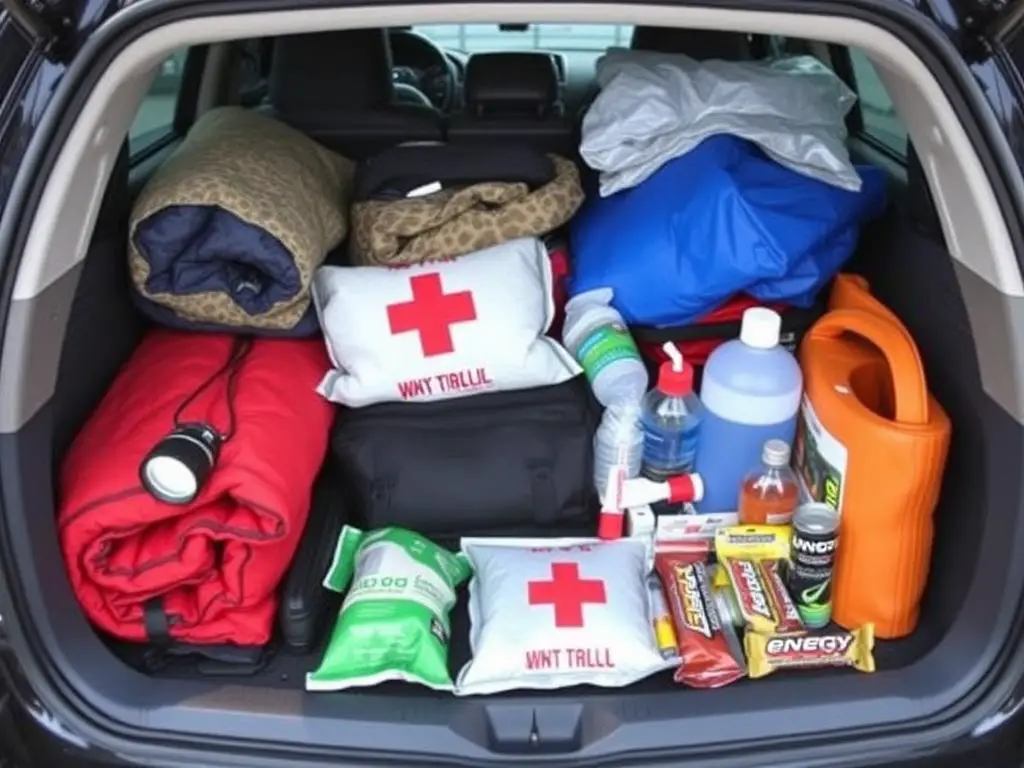
A well-stocked emergency kit can be a lifesaver if you become stranded. Your winter emergency kit should include:
- Blankets or sleeping bags
- Extra warm clothing, including boots, hats, and gloves
- Non-perishable, high-energy foods
- Water (in containers that won’t burst when frozen)
- First-aid kit with necessary medications
- Flashlight with extra batteries
- Ice scraper and snow brush
- Jumper cables or portable jump starter
- Sand, salt, or cat litter for traction
- Reflective triangles or flares
- Cell phone charger
Be Prepared for Winter Emergencies
Download our comprehensive winter safety checklist to ensure you have everything you need to stay safe on winter roads.
Safe Driving Habits in Winter Weather
Reduce Speed & Keep Distance
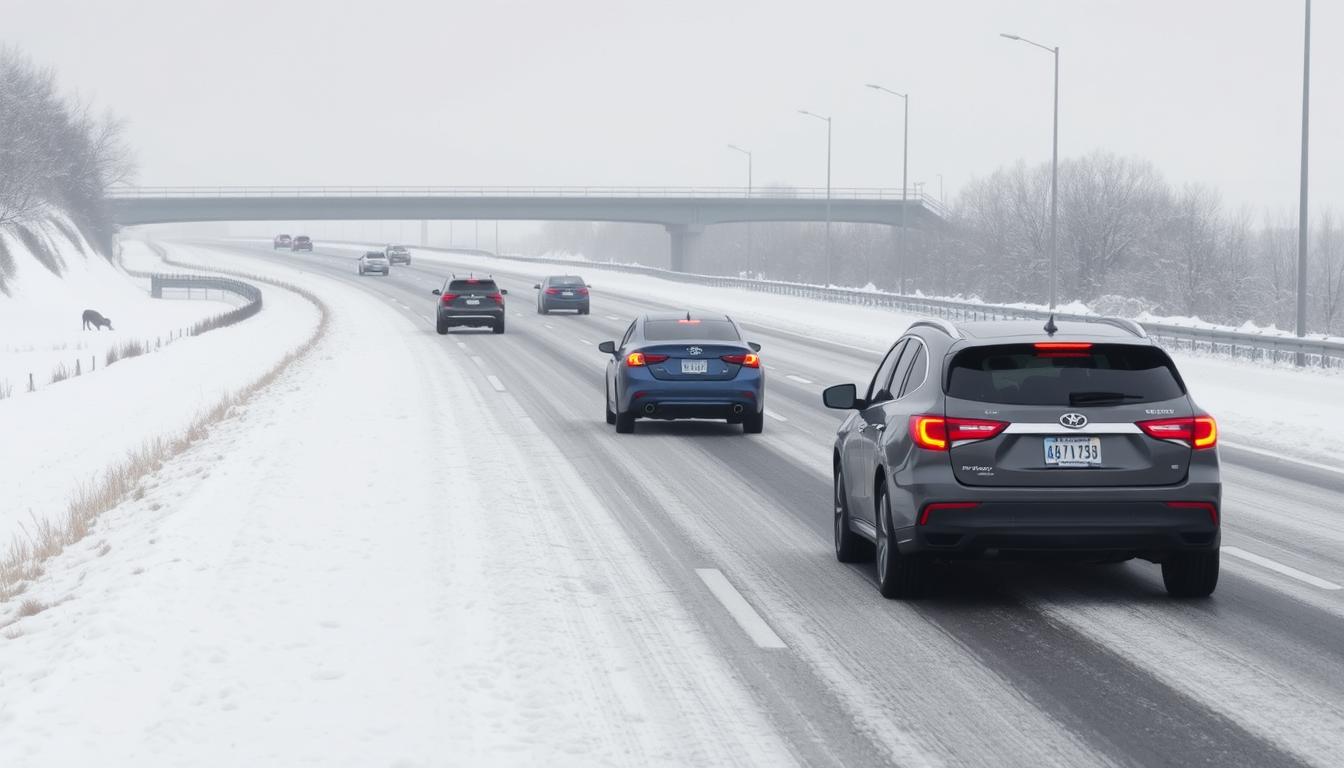
Slowing down is the single most important adjustment for winter driving. Posted speed limits are designed for ideal conditions—not snow or ice. Reduce your speed by at least 25-50% in winter conditions, depending on severity.
Increase following distance to 8-10 seconds (instead of the normal 3-4 seconds) to provide adequate stopping time. Remember that stopping distances can be up to ten times longer on ice compared to dry pavement.
Use Gentle Braking & Acceleration
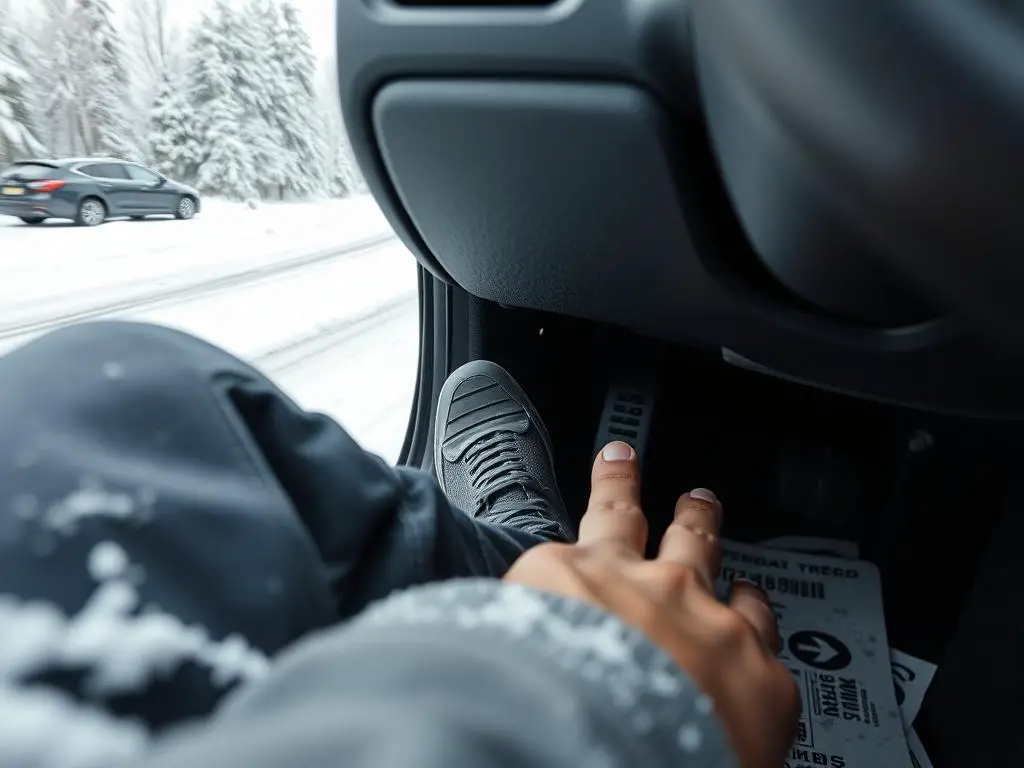
Sudden movements are the enemy of traction in winter conditions. Apply the gas pedal slowly to accelerate, taking time to regain traction and avoid skids. When slowing down, brake gently and early for stops.
If you have anti-lock brakes (ABS), apply steady pressure and don’t pump the brakes. The pulsating sensation and noise indicate the system is working properly. For vehicles without ABS, use the “threshold braking” technique—apply the brakes to the point just before they lock up, then ease off slightly.
Avoid Sudden Steering Movements

Make all steering movements smooth and gradual in winter conditions. Sudden turns can easily cause your vehicle to lose traction. Anticipate turns, lane changes, and curves well in advance.
Keep both hands on the wheel in the 9 and 3 o’clock positions for maximum control. Avoid using cruise control on any slippery surface, as it can reduce your reaction time and control.
Follow Road Conditions & Signs
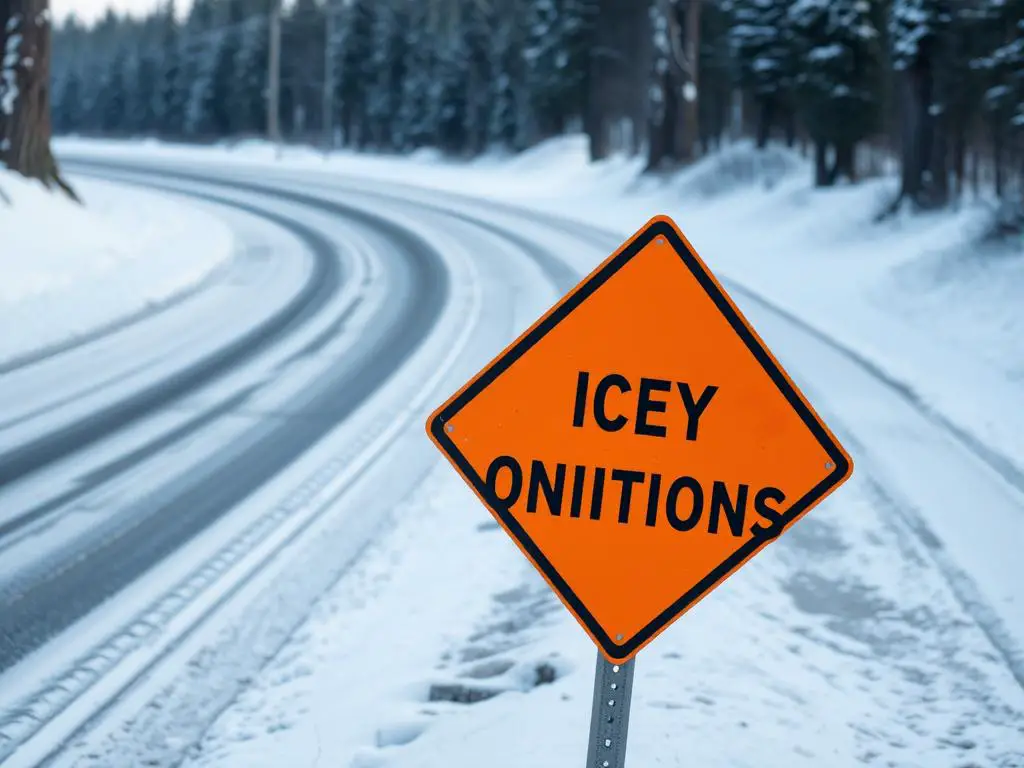
Pay close attention to changing road conditions, which can vary significantly even on the same stretch of road. Bridges, overpasses, and shaded areas freeze first and thaw last. Areas with blowing snow may have hidden ice beneath.
Respect all winter weather advisories and road closures. If electronic signs indicate reduced speed limits due to weather, follow them without exception. Remember that plowed snow along roadsides can limit visibility at intersections.
Driving Tips for Snow & Ice
How to Drive in Heavy Snow
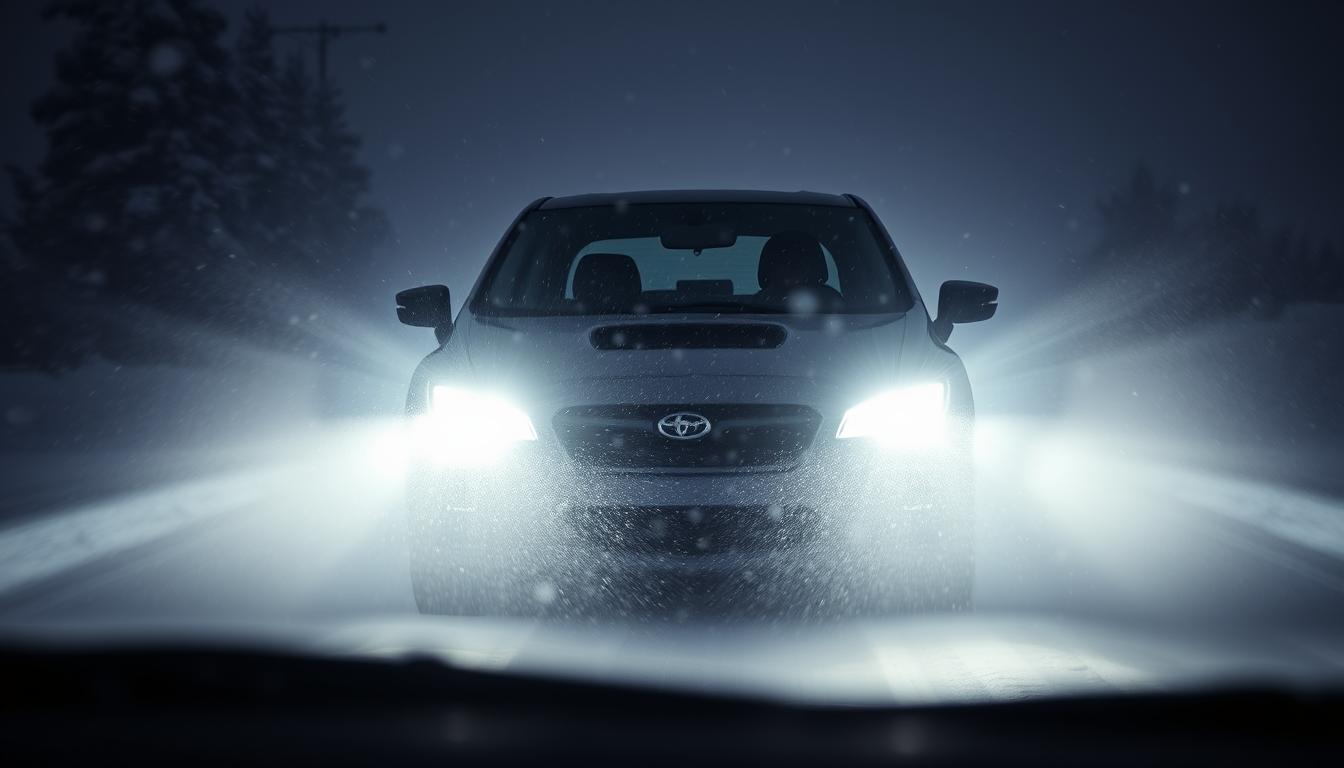
When driving in heavy snow, use your low-beam headlights (not high beams, which cause glare in snow) to improve visibility and ensure others can see you. If visibility drops below 100 feet, use hazard lights in addition to headlights.
Drive in the tracks of vehicles ahead when possible, as packed snow provides better traction than fresh snow. Avoid changing lanes unnecessarily, and be especially cautious around snowplows, giving them plenty of space.
Handling Skids on Icy Roads
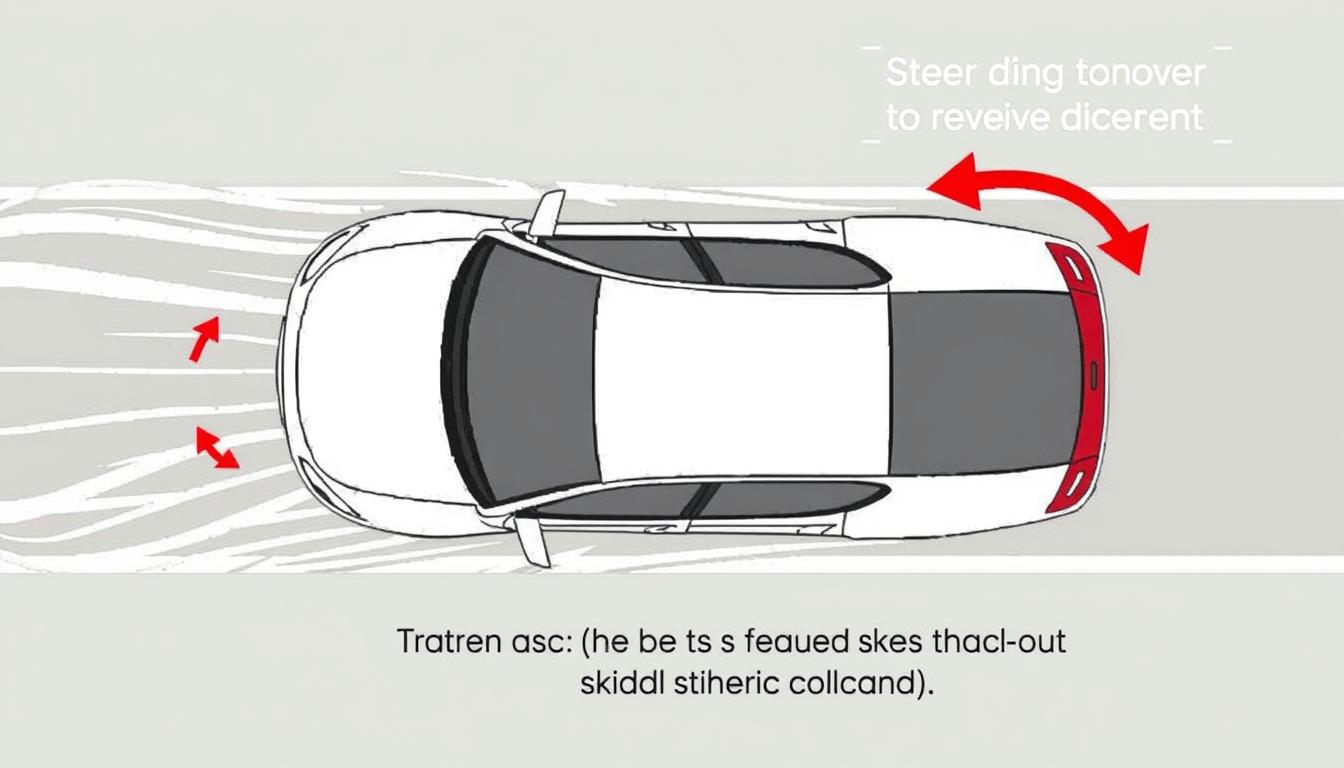
If your vehicle begins to skid, stay calm and follow these steps:
- Take your foot off the accelerator immediately
- Steer in the direction you want the front of the vehicle to go
- Avoid slamming on the brakes, which can worsen the skid
- Once you regain control, gently resume acceleration
Different skids require different responses. For front-wheel skids (understeer), reduce power and wait for traction to return. For rear-wheel skids (oversteer), steer into the skid while avoiding sudden braking.
Using Chains or Traction Aids
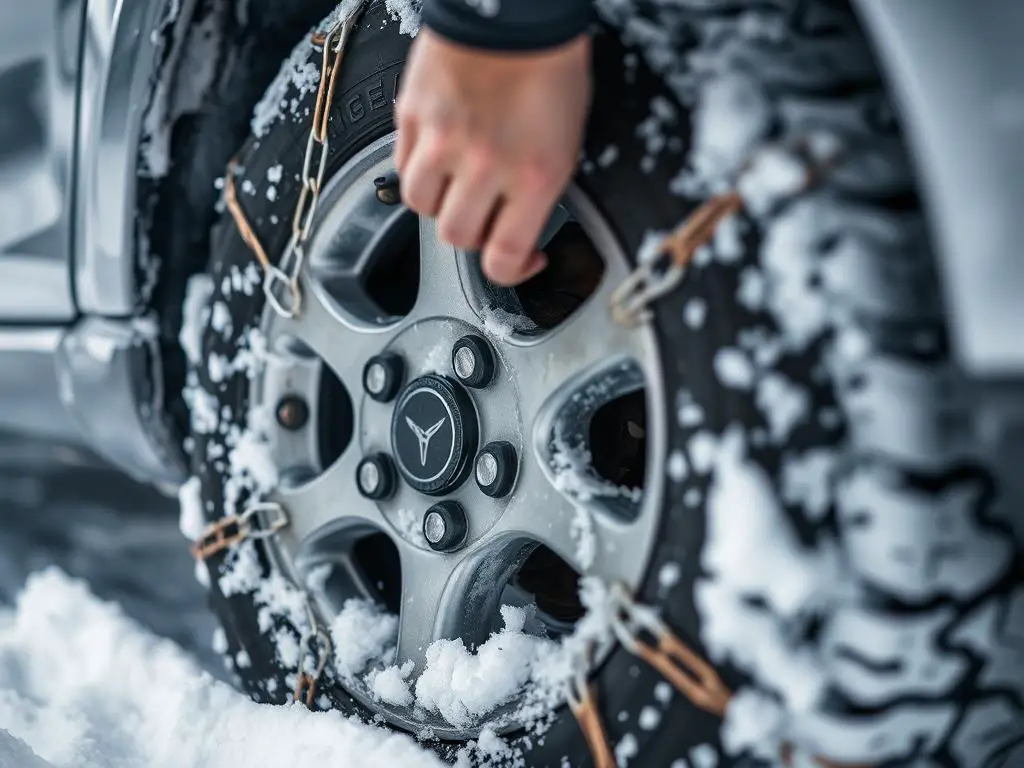
Snow chains provide maximum traction in deep snow and on ice, but require proper installation and use. Practice installing chains before you need them. Drive at reduced speeds (usually under 30 mph) with chains installed, and remove them when roads clear to prevent damage.
Alternative traction devices like snow socks or tire cables may be easier to install but typically provide less traction than traditional chains. Always check local regulations, as some areas require chains during certain conditions.
Road Safety in Winter for Long Drives
Plan Routes Ahead (GPS + Alternate Roads)
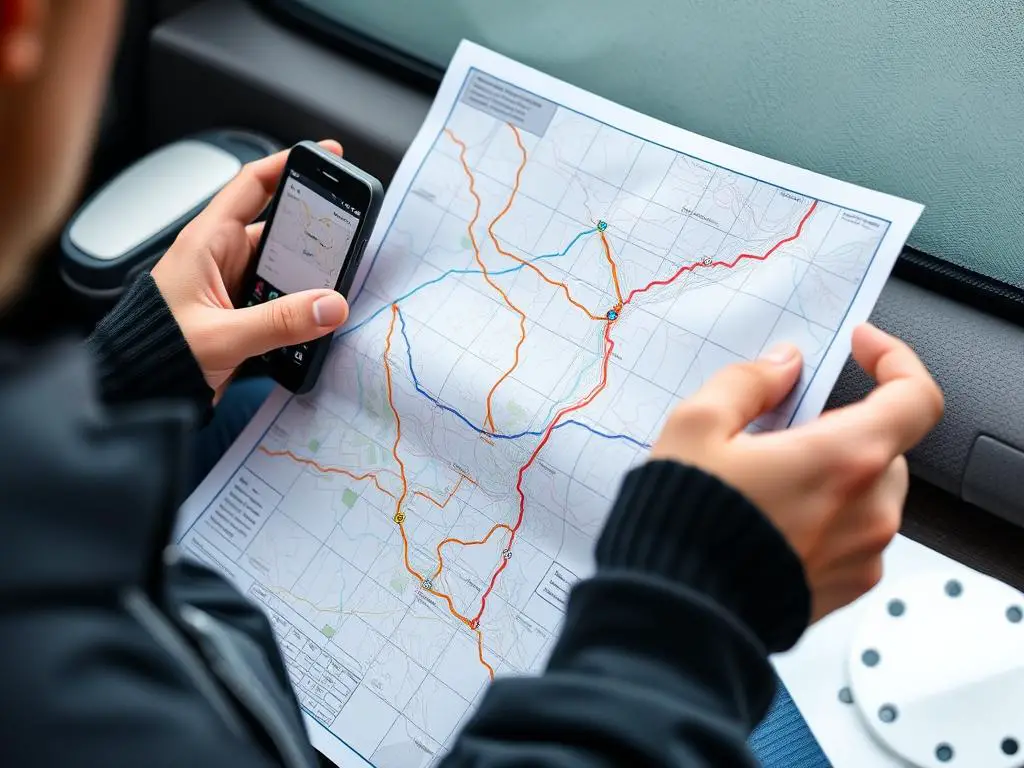
Before embarking on a winter journey, thoroughly research your route. Program your GPS but also bring paper maps as backups. Identify major highways that receive priority for plowing and salting, but also note alternate routes in case of closures.
Check road conditions through state transportation websites or apps like Waze that provide real-time updates. Share your route and expected arrival time with someone who can check on you if needed.
Keep Fuel Tank at Least Half Full
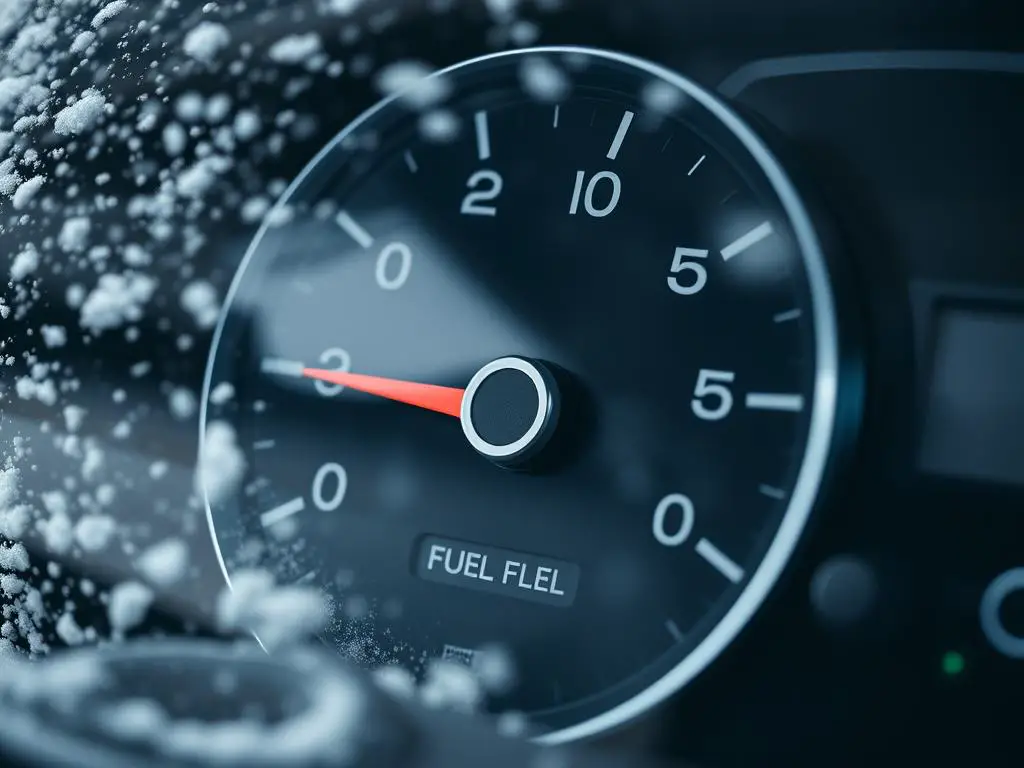
Maintaining at least a half tank of fuel during winter is crucial for several reasons. It prevents fuel lines from freezing due to condensation and provides a margin of safety if you become stranded and need to run the engine for warmth.
The extra weight of fuel in your tank can also slightly improve traction for rear-wheel drive vehicles. Consider using fuel additives designed for winter if temperatures regularly drop below 0°F in your area.
Check Weather Reports Before Leaving
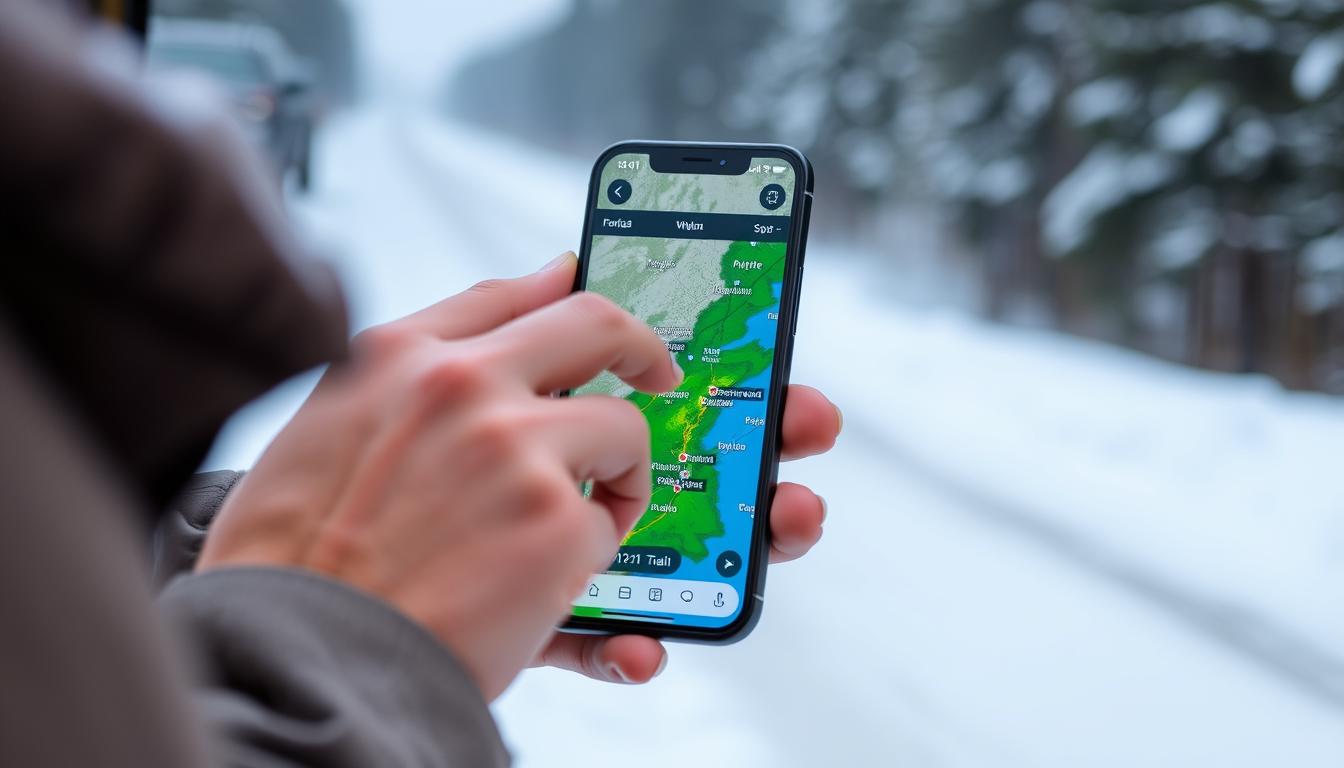
Monitor weather forecasts from multiple sources before traveling in winter. The National Weather Service, Weather Channel, and local news stations often provide the most accurate regional forecasts. Pay special attention to the timing of storms—even a few hours’ difference can significantly impact road conditions.
Weather apps with hourly forecasts can help you plan departure times to avoid the worst conditions. Remember that weather can change rapidly in winter, so check for updates regularly during your journey.
Improve Your Winter Driving Skills
Even experienced drivers benefit from professional winter driving instruction. Find courses in your area to master techniques for handling snow and ice.
Quick Checklist – Safe Winter Driving at a Glance
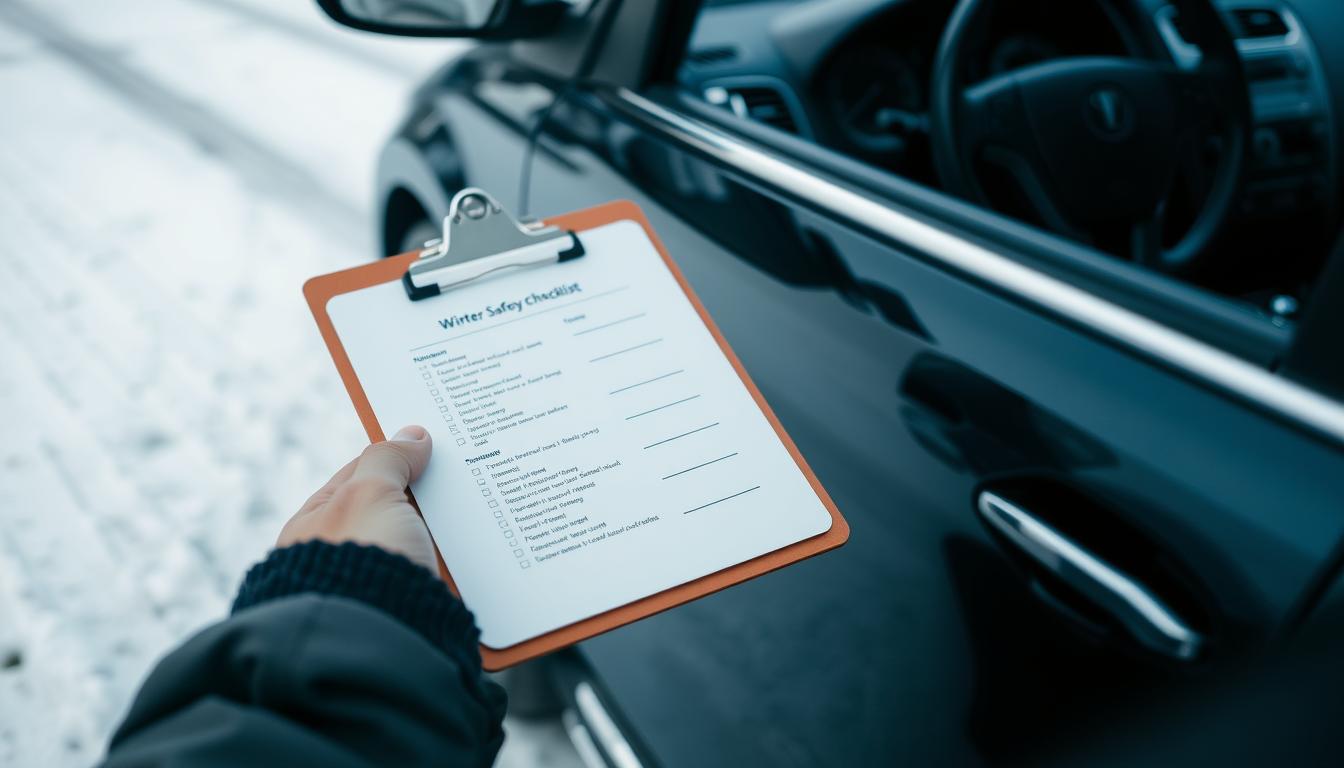
Before Winter Season:
- Install winter tires if appropriate for your area
- Test battery and replace if older than 3 years
- Check antifreeze protection level
- Replace regular washer fluid with winter formula
- Inspect all lights and replace worn wiper blades
- Assemble emergency kit for your vehicle
Before Each Winter Drive:
- Clear ALL snow and ice from vehicle
- Check tire pressure (cold weather reduces PSI)
- Ensure gas tank is at least half full
- Check weather and road condition reports
- Share travel plans with someone
- Bring charged phone and charger
While Driving in Winter Conditions:
- Reduce speed by at least 25-50%
- Increase following distance to 8-10 seconds
- Accelerate and brake gently
- Avoid cruise control on slippery surfaces
- Use low-beam headlights for better visibility
- Stay in cleared lanes when possible
If You Get Stranded:
- Stay with your vehicle
- Make vehicle visible (hazard lights, bright cloth)
- Clear exhaust pipe of snow to prevent CO poisoning
- Run engine 10 minutes each hour for heat
- Move arms and legs periodically to maintain circulation
- Stay hydrated but avoid caffeine and alcohol
FAQs on Winter Driving Safety

What speed should I drive in snow?
There’s no single “safe speed” for snow driving as conditions vary greatly. As a general rule, reduce your normal speed by 25-50% depending on conditions. On packed snow, speeds of 30-40 mph may be appropriate on highways, while fresh snow or icy conditions may require 20-30 mph or less. Always drive at a speed where you can stop safely within the distance you can see ahead.
Do I need winter tires or are all-season tires enough?
This depends on your local climate. If you regularly experience temperatures below 45°F (7°C) and frequent snow or ice, winter tires provide significantly better traction and braking. All-season tires may be sufficient in areas with occasional light snow and temperatures that rarely drop below freezing. The more severe your winter conditions, the more important dedicated winter tires become for safety.
How do I stop safely on icy roads?
To stop safely on ice, begin braking much earlier than normal and apply gentle, steady pressure. If you have anti-lock brakes (ABS), press firmly and hold—the pulsating is normal. Without ABS, use threshold braking (applying pressure just short of locking the wheels) or gentle pumping. Downshift to lower gears before braking to help slow the vehicle. Always look and steer where you want to go, not at obstacles you’re trying to avoid.
What should be in a winter emergency kit?
A comprehensive winter emergency kit should include: blankets or sleeping bags; extra warm clothing; non-perishable food and water; first-aid supplies; flashlight with extra batteries; ice scraper and snow brush; jumper cables or portable jump starter; sand, salt or cat litter for traction; reflective triangles or flares; cell phone charger; small shovel; hand warmers; and a whistle to signal for help. For longer trips in remote areas, consider adding a battery-powered radio and extra prescription medications.
Staying Safe on Winter Roads

Winter driving doesn’t have to be intimidating with proper preparation and technique. By maintaining your vehicle, adjusting your driving habits, and staying alert to changing conditions, you can significantly reduce your risk on snowy and icy roads. Remember that the most important factor in winter driving safety is the driver—your decisions and actions behind the wheel matter more than any equipment or technology.
Share these winter driving safety tips with friends and family to help everyone stay safer during challenging winter conditions. The few minutes spent preparing your vehicle and adjusting your driving techniques can make the difference between a safe journey and a dangerous situation.
Don’t Take Chances With Winter Safety
Ensure your vehicle is fully prepared for winter driving conditions with our comprehensive 21-point winter safety inspection.
